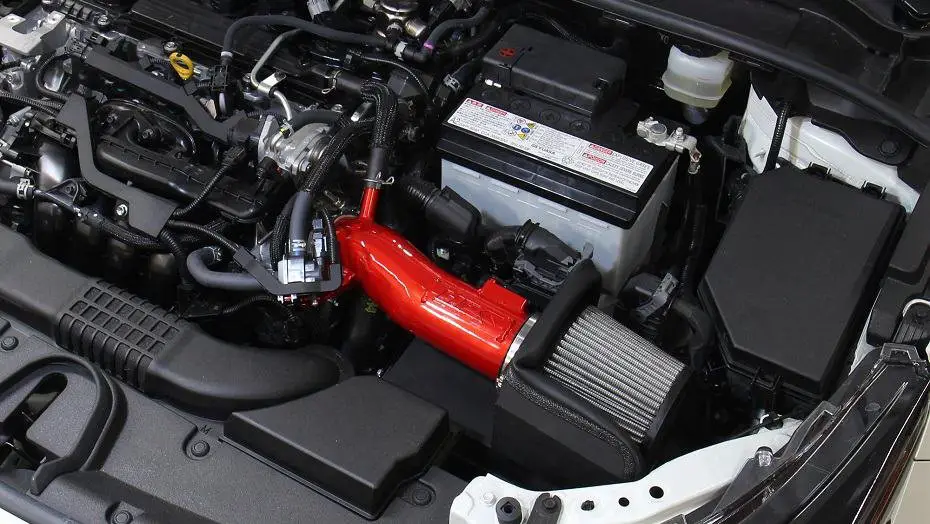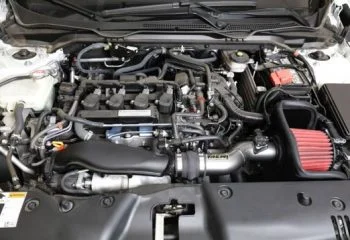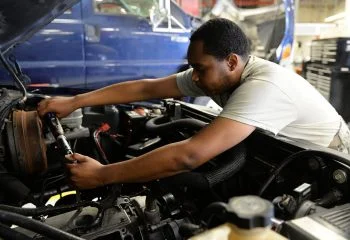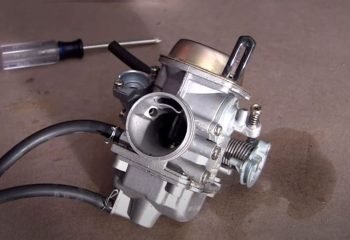A cold air intake does not necessarily void the vehicle’s warranty, although it can depend on the specific make and model of the vehicle in question. In general, a manufacturer-approved cold air intake will not void a warranty as there is no reason why these parts cannot be installed safely and without affecting other components in the engine or drivetrain.
If you are installing an aftermarket cold air intake, it is important to check with the manufacturer if your warranty will be affected. Certain modifications may void the warranty in certain cases and so it is best to consult with the manufacturer before installation.
Additionally, certain states or localities may require a vehicle emissions test following the installation of any aftermarket parts – including a cold air intake – so it is also important to consult with the manufacturer or a local mechanic to ensure your vehicle will pass any applicable tests. As always, it is best to consult with the manufacturer or a qualified mechanic before installing an aftermarket cold air intake.
Here are some best cold air intake to consider for your car if you decide to install one.
What's in this post?
What is a cold air intake?
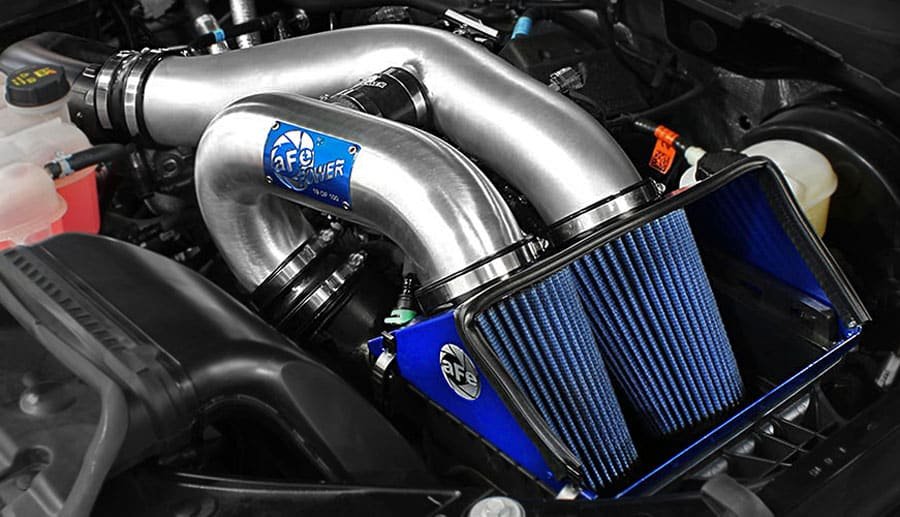
A cold air intake is an automotive engine component that helps increase the overall performance of the engine by allowing it to take in more cold air. Cold air intakes work by taking in colder, denser outside air and sending it directly into the combustion chamber, allowing the engine to produce more power with better fuel economy. Cold air intakes also help reduce intake temperatures which can make a big difference in engine performance and efficiency.
The benefits and drawbacks of cold air intakes
The pros of installing a cold air intake include increased fuel economy, improved acceleration, and more power from the engine, making it an attractive option for many drivers.
Cold air intakes also typically do not affect the emissions levels of the vehicle as long as they are properly maintained and tuned. Additionally, because cold air intakes tend to be relatively inexpensive modifications compared to other performance parts, they are a great way to get more out of your vehicle without breaking the bank.
On the other hand, cold air intakes can have some drawbacks, including potentially voiding the warranty and requiring additional tuning or modifications that may cost extra money.
Additionally, certain states or localities may require a vehicle emissions test following the installation of any aftermarket parts – including a cold air intake – so it is important to consult with the manufacturer or a local mechanic to ensure your vehicle will pass any applicable tests. Furthermore, if not properly maintained, cold air intakes can create excessive dirt and debris in the engine bay, which can cause damage over time.
How to Keep Your Cold Air Intake Working Properly
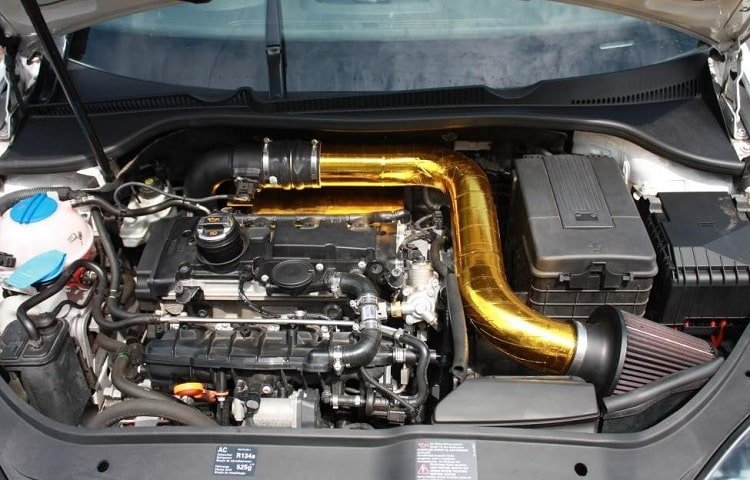
Keeping your cold air intake working properly is essential for ensuring that it performs as expected. The first step in keeping your cold air intake functioning optimally is to make sure that the filter is regularly maintained and replaced if necessary.
This includes checking the filter for dirt, dust, or debris buildup as well as replacing it when necessary. Additionally, it is important to check the cold air intake for any signs of wear or damage, such as cracks in the plastic housing or loose connections.
In addition to checking and maintaining the filter, it is also important to regularly inspect the system for any leaks. Even a small leak can dramatically reduce the performance of your vehicle’s engine, so regular inspections are essential.
It is also important to check the hoses and tubing for any signs of wear or damage, as well as for kinks or bends that could impede air flow. Additionally, be sure to check the clamps and mounting brackets for tightness.
Finally, it is important to keep your cold air intake clean by regularly vacuuming out any dust or dirt buildup. This will help to ensure that your intake is free of any debris, allowing for maximum performance and efficiency.
By regularly checking and maintaining your cold air intake, you can ensure that it performs as expected and provides optimal fuel economy and engine performance. Additionally, proper maintenance will help extend the life of the system and minimize the need for repairs or replacements. As always, it is best to consult with the manufacturer or a qualified mechanic before installing an aftermarket cold air intake.
FAQs
How To Install A Cold Air Intake Without Voiding Warranty
To install a cold air intake without voiding the warranty, take precautions to ensure proper installation. Purchase a manufacturer-approved intake designed for your vehicle’s make and model.
If you’re installing an aftermarket part, check with the manufacturer to see if it affects your warranty. Some modifications may void the warranty, so consult the manufacturer before installation.
When installing a cold air intake, follow the manufacturer’s instructions. Check component compatibility and tighten fasteners and connections. Before starting the vehicle, ensure there are no leaks or obstructions in the intake system.
After installation, regularly inspect and maintain your cold air intake. This includes checking for dirt and debris buildup in the filter and replacing it as needed. Also, look out for signs of wear or damage, like cracks in the plastic housing or loose connections.
Follow these steps to install your cold air intake correctly without voiding the warranty or damaging your vehicle. Consult the manufacturer or a qualified mechanic beforehand to ensure your vehicle can handle the modifications.
Additionally, some states or localities may require a vehicle emissions test after installation. It’s important to check with the manufacturer or local mechanic before buying an aftermarket cold air intake.
Can a cold air intake damage your engine?
No, a cold air intake will not damage your engine as long as it is properly installed and maintained. Cold air intakes are designed to increase the engine’s efficiency by reducing the temperature of the incoming air charge. This can result in improved performance and fuel economy while also reducing emissions. However, if not properly installed or maintained, a cold air intake can potentially cause damage to the engine.
For example, if the intake is installed incorrectly or not secured properly, there is an increased risk of air leaks, which can cause performance issues and damage components over time.
Talk about tempeerature, here is some intake air temperature sensor symptoms
How Much Will a Cold Air Intake System Cost?
The cost of a cold air intake system can vary widely depending on the make and model of your vehicle. Generally, aftermarket intakes range from $50 to over $500 for premium systems.
Additionally, certain states or localities may charge extra fees for installation or require that you take your car in for an emissions test following installation. Thus, it’s important to research your state’s or locality’s rules and regulations before purchasing a cold air intake system.
Conclusion
In conclusion, we probably know the answer to the question, “Does A Cold Air Intake Void a warranty?” It does not necessarily void warranty coverage, as long as precautions are taken to ensure that it is installed and maintained properly.
It is important to purchase a manufacturer-approved cold air intake, or one that is specifically designed for your vehicle’s make and model, in order to minimize the risk of damage caused by improper installation.
Additionally, certain modifications may void the warranty in certain cases so it is important to consult with the manufacturer prior to installation.
Once installed, it is essential to regularly inspect and maintain your cold air intake in order to ensure that it is performing efficiently and not causing any damage.
This includes checking for dirt and debris buildup in the filter as well as replacing it when necessary. Additionally, it is important to check for any signs of wear or damage, such as cracks in the plastic housing or loose connections.

